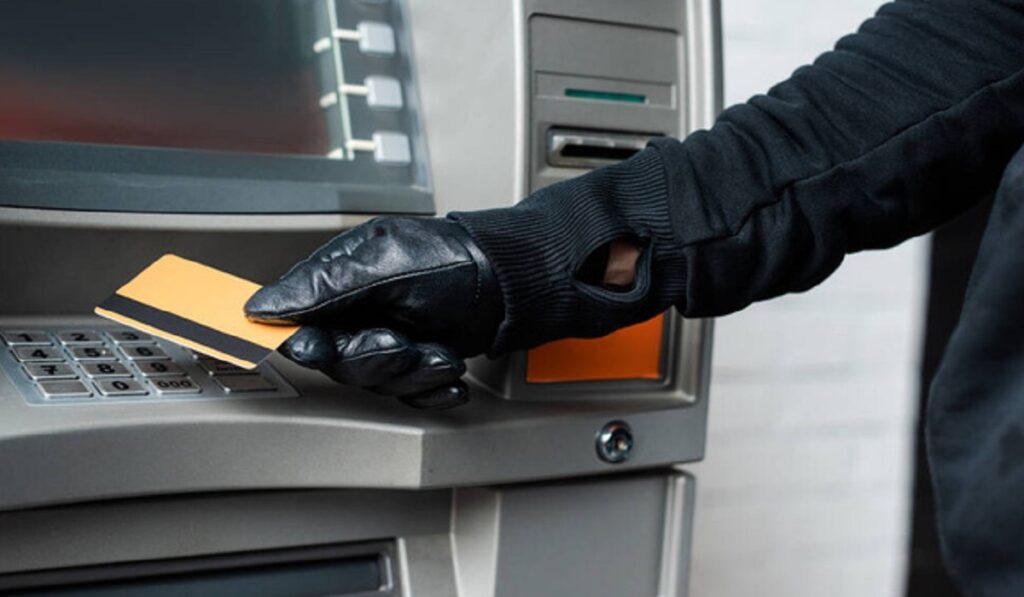Unmasking Consumer Fraud: A Comprehensive Exploration of Common Types and Technical Insights

Fraud against consumers is an issue which affects many individuals and companies around the world. This includes a variety of misleading practices that are designed to take advantage of unsuspecting people for financial gain. This comprehensive article will explore some of the common forms of consumer fraud. We’ll shed light on how they work and offer tips to help you avoid falling prey to them.
1.Phishing scams
The phishing scam is a favorite of fraudsters. These scams usually involve emails, texts, and websites which imitate legitimate organizations or institutions. Social engineering is used by fraudsters to get victims to reveal sensitive data such as credit card numbers, passwords or PINs.
Technical insights: Many phishing emails contain links or malicious attachments that compromise the security of your computer. Verify the authenticity of the email sender, before you click on links or attachments, make sure to check the URL. Also, keep your anti-virus software updated.
2.Identity Theft
When someone steals personal information such as a Social Security Number, they commit fraud. The criminals will use your stolen personal information to commit fraud, open fraudulent credit accounts or make purchases under your name.
Technical Tips: Protecting your identity is as simple as using unique, strong passwords to access online accounts. You should also regularly monitor your credit report for any suspicious activities. Use a service to monitor your credit report and alert you if there are any changes.
3.Online Shopping Fraud
Online shopping fraud is becoming more common with the growth of ecommerce. The fraudsters set up fake auction listings or online shops to promote nonexistent or counterfeit products. The victims pay for items they will never receive and suffer financial loss.
Technical Insights Research the website or seller thoroughly before making an online purchase. Read reviews and look for safe payment methods. Use a credit or debit card when shopping online. They offer greater fraud protection than debit cards.
4.Scams of Investment
These investment fraud schemes offer high returns at little or no risk. Scams come in many shapes and sizes, from Ponzi Schemes to fake cryptocurrency investments. The victims invest their money, only to watch it disappear in the pockets of fraudsters.
5.Tech Support Scams
Technical Insights Do not invest in investment opportunities which promise guaranteed returns, or appear too good to true. Check out investment companies and brokers and confirm their legitimacy with the regulatory authority.

Fraudsters pose as agents of tech support and claim your computer has been infected by malware or is experiencing technical problems. The scammers convince the victims to give them remote access to computers, and then they demand money for fixing nonexistent problems.
Technical Tips: Do not grant remote access to a caller who hasn’t asked for it. Tech support companies will never contact you without your permission. To protect yourself from malware, install reputable antivirus and make sure it is updated.
6.Lottery Scams and Sweepstakes
Scammers use lottery or sweepstakes to trick victims into believing they have won large amounts of money. However, the scammer will tell them that taxes and fees are required in order for their prize to be claimed. The scammer will disappear after the victim has sent money. They never receive the prize.
Technical insights: Do not believe unsolicited notices of winning contests that you did not enter. Lotteries, sweepstakes, and other legitimate contests don’t require that winners pay upfront fees. Verify such claims by using official channels.
8.Credit Card Fraud
The term credit card fraud is used to describe a wide range of fraudulent activities. These include unauthorized charges made on your card, as well as card-scanning devices that are installed at gas stations or ATMs. The criminals use stolen card data to make fraudulent purchases.
Technical Tips: Keep your card safe by checking your statements regularly for any unauthorized charges and reporting suspicious transactions to the card issuer. Use caution when using an ATM and check the card reader for unusual attachments.
Comments:
Constantly evolving, consumer fraud requires vigilance. While these types of frauds are fairly common, there are always new scams and techniques. It’s important to stay informed about fraud trends, and use good cybersecurity techniques.
If something feels too good to true, or if it seems suspicious, you should investigate and be cautious. You can reduce the risk of becoming a victim of consumer fraud by staying informed, taking proactive steps and being vigilant.
Protecting your finances is a priority in today’s digital world, when personal data are more susceptible than ever. Protect yourself against the many forms of fraud that lurk in the shadows today.
Signs and symptoms of credit and debit card fraud
Protecting your finances requires that you be aware of the common signs and symptoms. These are the most common warning signs.
- Unauthorized transactions: When you see unauthorized charges on your debit or credit card statement, this is one of the clearest signs that fraud has occurred. Check your statement regularly for any unusual charges.
- Unexpected Activity in Your Account: Be on the lookout for unusual activity such as changes made to your billing information or account settings. These details may be altered by fraudsters to avoid communication with you.
- Replacement Cards Not Requested: Receiving a replacement card that you did not request could indicate that the old card has been compromised.
- Rejected Transactions Your bank may have detected fraud by detecting suspicious transactions.
- Multiple Denials: A number of declined transactions within a short time period may indicate that someone has been trying to make unauthorized purchases with your credit card.
- Statements or Receipts of Unfamiliar Purchases Compare your statements with all receipts. Investigate immediately if you discover discrepancies, or items that you did not purchase.
- Lost Cards: Contact your card issuer immediately if you cannot locate your debit or credit card.
- Unexpected Calls or Emails: Be wary of calls or emails that claim to come from the card issuer. This is especially true if you are asked for any sensitive information. To verify that the message is legitimate, contact your card issuer by calling the number listed on the back.
- Phishing attempts: Beware of emails and messages that look like they are from your card provider, but ask you to click links or give personal information. Card issuers who are legitimate don’t usually ask for sensitive information by email.
- Unusual Text Alerts: Certain card issuers will send you text alerts if they suspect a suspicious transaction. You should contact your card provider immediately if you don’t recognise the transaction.
- Tampering with Card Readers: Be vigilant when using card readers or ATMs. Look out for signs of tampering such as missing parts, strange attachments, and hidden cameras. Skimming devices can be installed by criminals to steal information from cards.
- Personal Data Inaccurate: When you receive an official message from your card provider with inaccurate personal data, this could mean that your account has been tampered.
- Unusual account access: Be aware of your online accounts. Change your passwords if you see unfamiliar devices accessing your online account. Contact your card provider if this happens.
You should act immediately if you suspect credit card or debit fraud.
- Call Your Card Issuer : Report the fraud immediately by contacting your card issuer. You can get help from them to secure your account and investigate any issues. They may also issue you a new card.
- Refute Unauthorized Charges Contact your card provider to contest any unauthorized charges. You will be guided through the resolution of these issues.
- Monitor your Credit: Regularly check the credit report for suspicious activities. Each of the credit bureaus offers free reports every year.
You can protect yourself and minimize potential losses by being vigilant and acting quickly if fraud is suspected.






